�
西安工业大学毕业设计(论文)任务书
院(系)计算机学院 专业 物联网工程 班 14060610 姓名 兰洋 学号 14060610105
1.毕业设计(论文)题目:
智能家居物联网服务平台设计
2.题目背景和意义: 智能家居是物联网技术的一个重要应用领域,近几年来得到了广泛的
研究。智能家居系统一般采用三层体系结构构建:首先使用各类传感器感知周围的环境信息
并组网传输,然后通过网络层将感知到的数据传递给后台服务器进行存储和处理,最后上层
应用从服务层获取数据,实现业务管理、数据可视化及反馈控制等各项功能。
3.设计(论文)的主要内容(理工科含技术指标): 本课题拟研究搭建智能家居应用的云端
服务平台,该平台作为系统的中间层,一方面与 ZigBee 数据采集系统通信,获取、处理采
集到的数据,并实现数据的持久化管理;另一方面与应用前端通信,为应用层提供数据查询
等服务,并能辅助应用前端,实现智能家居设备的反馈控制功能。
4.设计的基本要求及进度安排(含起始时间、设计地点):
第 1 周到第 2 周 选题、收集资料、理解题目、确定开发工具、准备开题报告;
第 3 周至第 6 周 完成软件的需求分析、概要设计、总体框架(模型)设计;
第 7 周至第 12 周 完成各模块的设计;初步完成程序代码的编写工作;
第 13 周至第 14 周 对整个系统进行组合及调试,修改;
第 15 周至第 18 周 撰写论文并准备答辩;设计地点:校内。
5.毕业设计(论文)的工作量要求 上机时数不少于 200 机时,撰写不少于 15000 字的论文
① 实验(时数)*或实习(天数):
② 图纸(幅面和张数)*:
18 周
不限
③ 其他要求:
查阅文献资料不少于 30 篇,其中英文文献不少于 5 篇。
指导教师签名:
学生签名:
系(教研室)主任审批:
年 月 日
年 月 日
年 月 日
说明:1 本表一式二份,一份由学生装订入附件册,一份教师自留。
2 带*项可根据学科特点选填
�
智能家居物联网服务平台设计
摘要
随着物联网、大数据、云计算等技术的发展成熟,推动了物联网应用的蓬勃
发展,智能家居作为物联网技术的一个重要应用领域,近几年来得到了广泛的研
究,也出现了大量的应用产品。目前智能家居设计中主要存在缺少理论依据,现
有系统控制能力差、扩展性不足、服务器资源利用效率不高,已有平台接入门槛
高、兼容性差等问题。
针对以上问题,拟采用物联网四层体系架构,即在原来物联网三层体系架构
加入一个平台层,连接物联网应用层和感知层的技术方案,研究开发一套智能家
居物联网服务平台。
本文研究了智能家居系统相关理论和诸多技术方案,开发了一套基于
RESTful 风格服务的 Web PaaS/IoT PaaS 混合的智能家居物联网服务平台,该平
台一方面为应用层提供 Web Service 接口和 MQTT 接口,另一方面为感知层提供
MQTT 协议的事件接口,数据存储方面采用 InfluxDB 存储时序数据。智能家居
服务平台,结合智能家居网关和应用前端,实现海量设备接入、设备数据云端持
久化存储和远程控制等重要功能。
经过严格的测试,这套智能家居物联网服务平台可以有效解决目前智能家居
系统的诸多问题,能够很好地提供安全可靠的服务。
关键字:智能家居;物联网平台;MQTT;Web Service;REST
I
�
Design of IoT Service platform for smart home system
Abstract
With the maturity of technologies such as Internet of Things, big data, cloud
computing, the development of Internet of Things applications has been booming.
Smart homes, as an important application area of Internet of Things technology, have
been widely studied in recent years, and a large number of applications have also
emerged product. At present, smart home design mainly exists, lacks theoretical basis,
existing system control capability is poor, scalability is insufficient, server resource
utilization efficiency is not high, and there are problems such as high access threshold
and poor compatibility of the platform.
In view of the above issues, the four-tier architecture of the Internet of Things is
proposed, that is, a platform layer is added to the original three-tier architecture of the
Internet of Things to connect the technology solutions of the application layer and the
perception layer of the Internet of Things, and a set of smart home internet of things
service platforms is researched and developed.
This article studies the theory and many technical solutions of smart home
systems, and develops a web-based PaaS/IoT PaaS hybrid smart home networking
service platform based on RESTful-style services. The smart home service platform
adopts Web Service technology to provide web interfaces on the one hand. On the
other hand, the MQTT protocol event interface is implemented based on the Web
interface. InfluxDB time series storage is adopted for smart home device data,
combined with a smart home gateway to achieve concurrent access to massive smart
home IoT devices and persistent storage of device data clouds, and remote intelligent
control. Other important functions.
After a rigorous software testing process, this smart home IoT service platform
can effectively solve many problems in current smart home systems and can provide a
safe and reliable service.
Keywords:Smart Home; IoT Platform; MQTT; Web Service; REST
II
�
目录
摘 要............................................................................................................I
Abstract................................................................................................... II
1 绪论........................................................................................................1
1.1 选题背景和研究意义.................................................................. 1
1.1.1 选题背景.............................................................................1
1.1.2 研究意义.............................................................................1
1.2 国内外研究现状.......................................................................... 2
1.2.1 国外研究现状.................................................................... 2
1.2.2 国内研究现状.................................................................... 2
1.3 主要研究内容.............................................................................. 3
1.3.1 智能家居的总体结构........................................................ 3
1.3.2 本文的研究内容................................................................ 3
1.4 论文结构.......................................................................................4
2 相关技术介绍....................................................................................... 5
2.1 Web Service................................................................................ 5
2.1.1 REST Web Service........................................................... 5
2.1.2 Flask 框架........................................................................ 6
2.2 物联网通信协议 MQTT.................................................................. 6
2.2.1 MQTT 消息传递机制.......................................................... 6
2.2.2 HiveMQ 和 MQTT.fx........................................................... 7
2.3 数据存储系统............................................................................... 7
III
�
2.3.1 MongoDB..............................................................................7
2.3.2 InfluxDB............................................................................7
2.3.3 Redis..................................................................................8
2.4 其他工具........................................................................................8
3 需求分析............................................................................................... 9
3.1 功能需求........................................................................................9
3.1.1 应用层功能需求................................................................ 9
3.1.2 感知层功能需求.............................................................. 11
3.2 性能需求......................................................................................11
4 系统概要设计..................................................................................... 12
4.1 应用层服务接口......................................................................... 12
4.1.1 用户接口...........................................................................12
4.1.2 设备接口...........................................................................13
4.2 消息处理......................................................................................14
4.3 数据库设计................................................................................. 14
4.3.1 概念模型...........................................................................15
4.3.2 逻辑模型...........................................................................15
4.3.3 BSON 数据存储格式........................................................ 17
4.4 软件架构设计............................................................................. 19
5 详细设计..............................................................................................20
5.1 系统模块设计............................................................................. 20
5.1.1 服务接口模块.................................................................. 20
IV
�
5.1.2 事件管理模块.................................................................. 22
5.1.3 综合管理模块.................................................................. 23
5.1.4 MQTT 事件模块................................................................ 24
5.2 系统性能优化............................................................................. 25
5.2.1 使用 gunicorn 优化........................................................ 25
5.2.2 使用 Nginx 优化.............................................................. 26
6 系统部署和测试................................................................................. 27
6.1 系统部署......................................................................................27
6.1.1 系统配置信息和端口分配.............................................. 27
6.1.2 部署说明..........................................................................27
6.2 系统测试......................................................................................28
6.2.1 测试环境...........................................................................28
6.2.2 单元测试...........................................................................29
6.2.3 集成测试...........................................................................30
6.2.4 测试结论...........................................................................33
7 总结和展望......................................................................................... 34
参考文献....................................................................................................35
致 谢........................................................................................................37
毕业设计(论文)知识产权声明...........................................................38
毕业设计(论文)独创性声明...............................................................39
附录............................................................................................................40
V
�

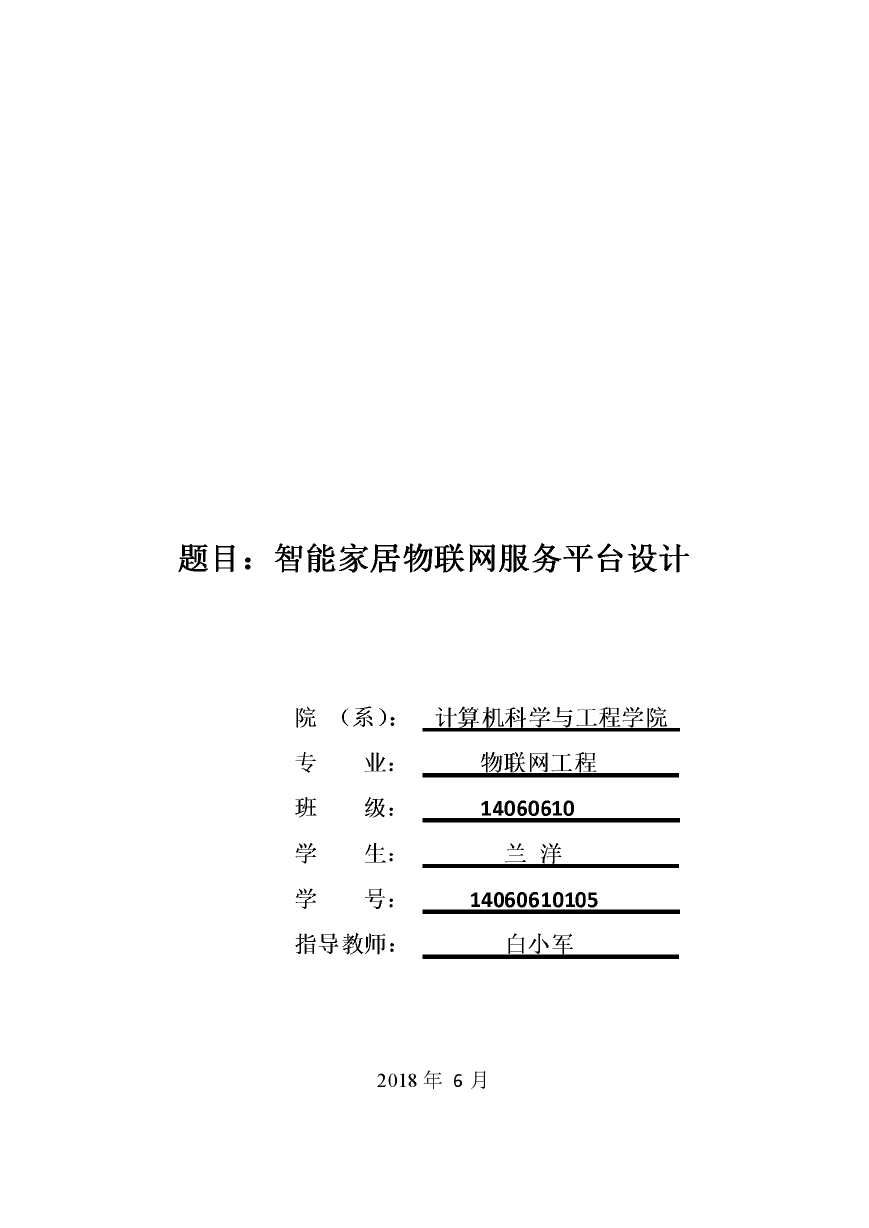

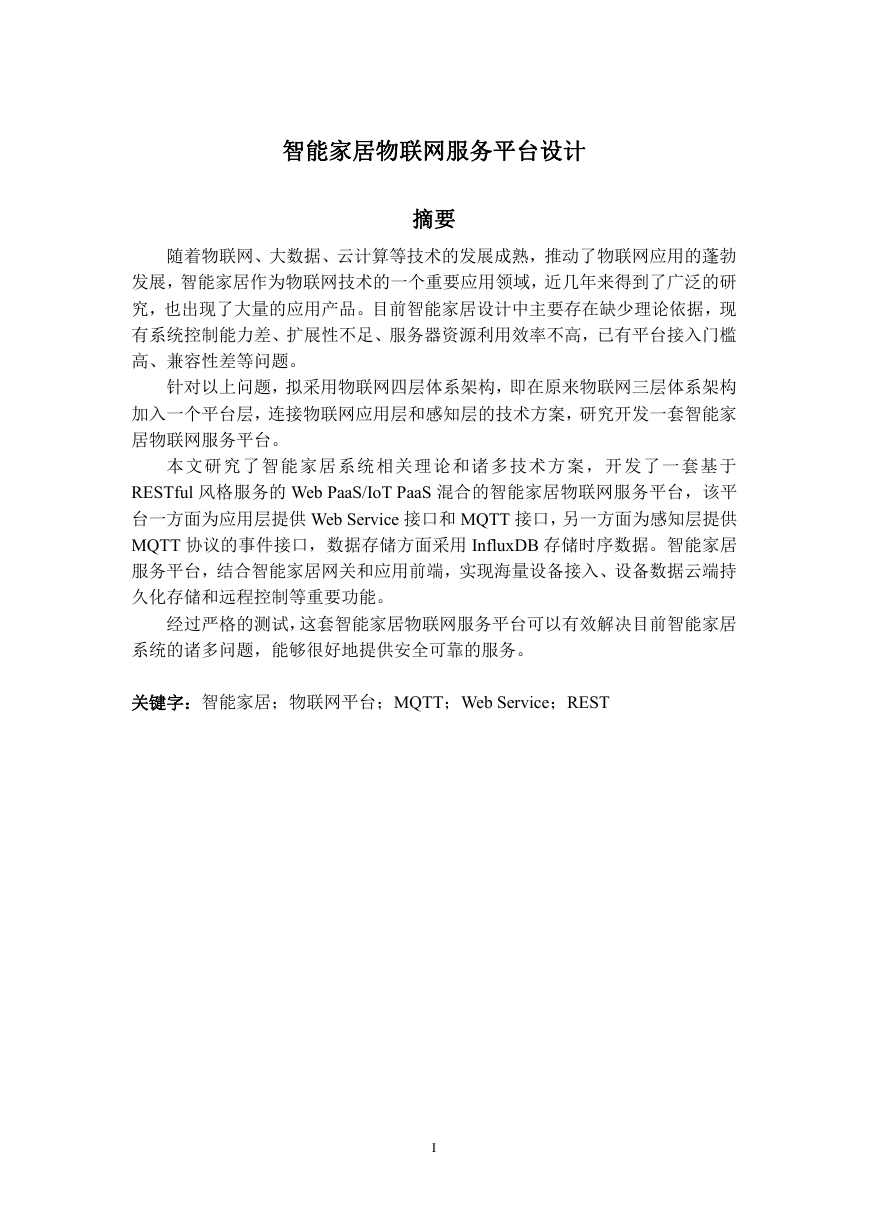
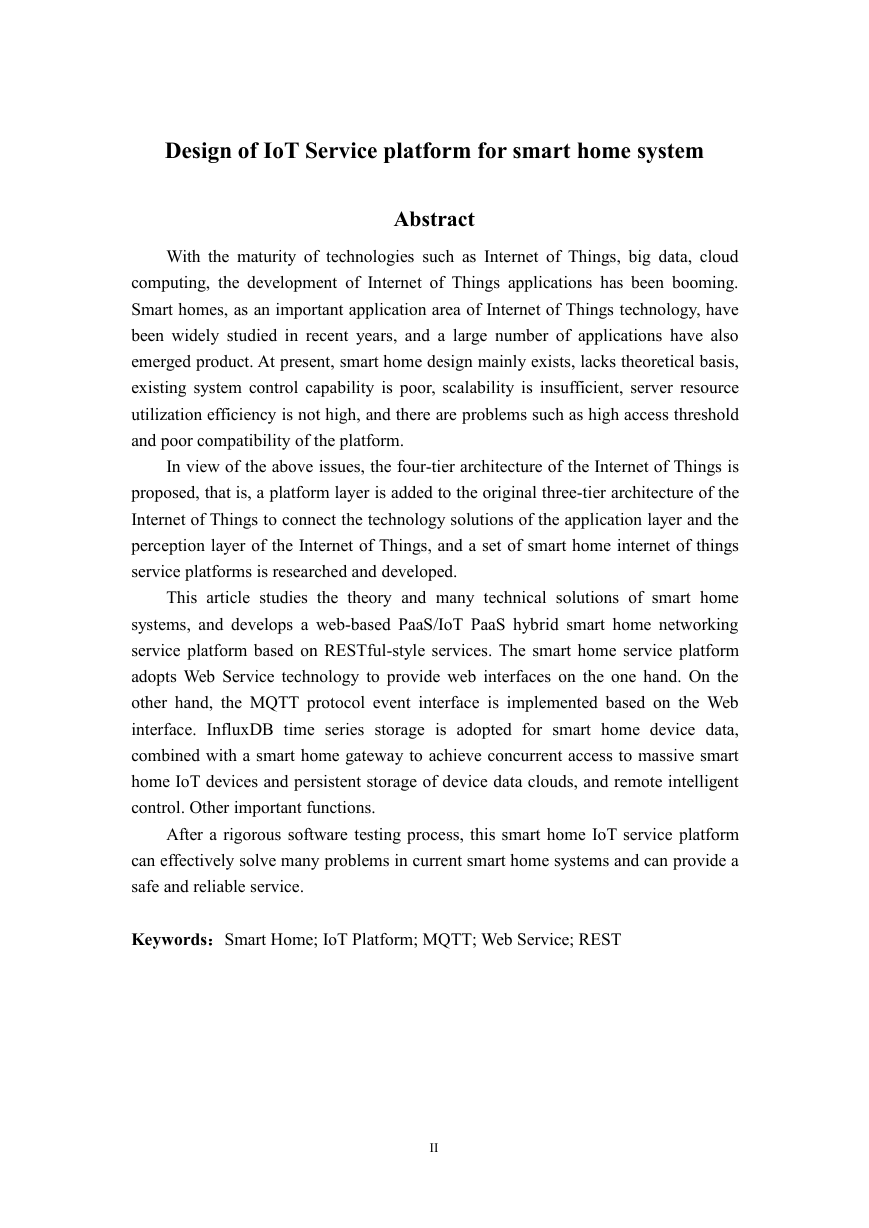
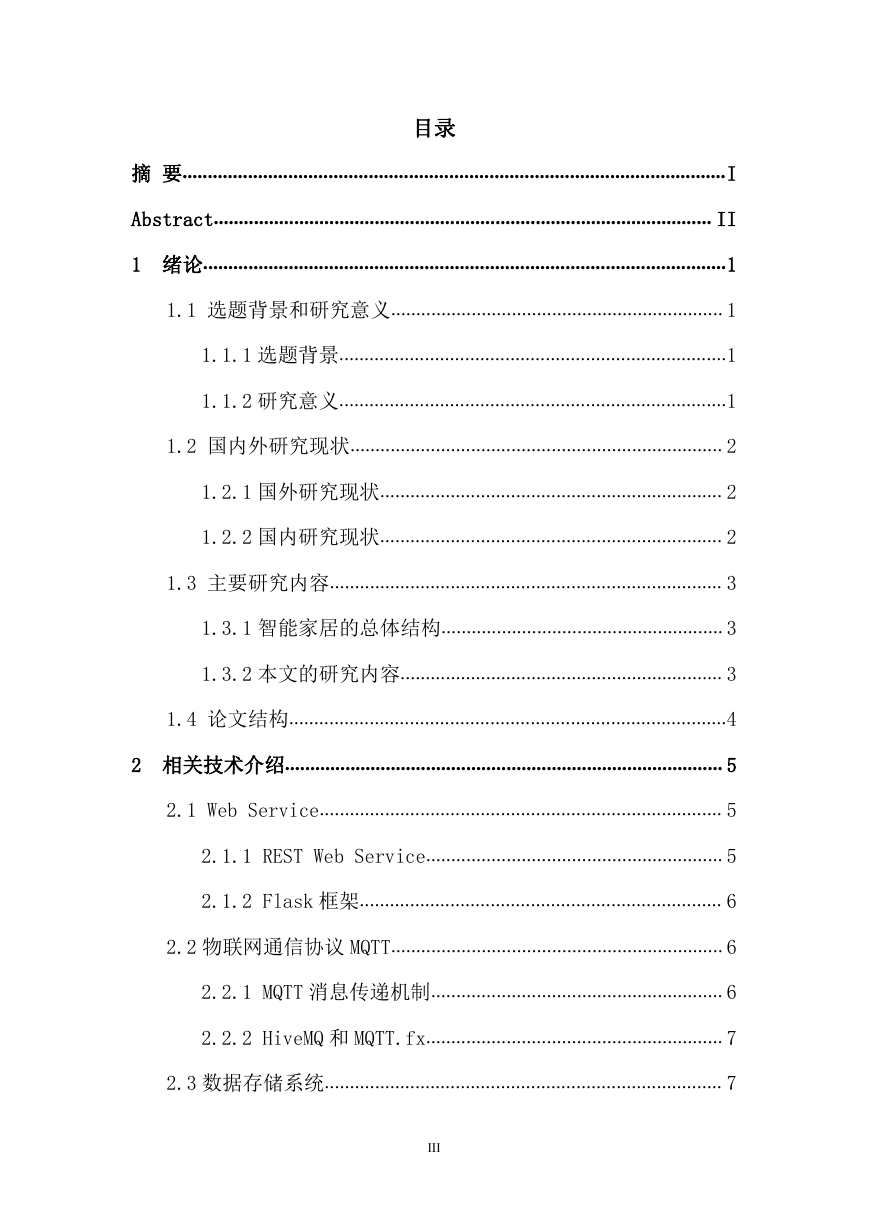
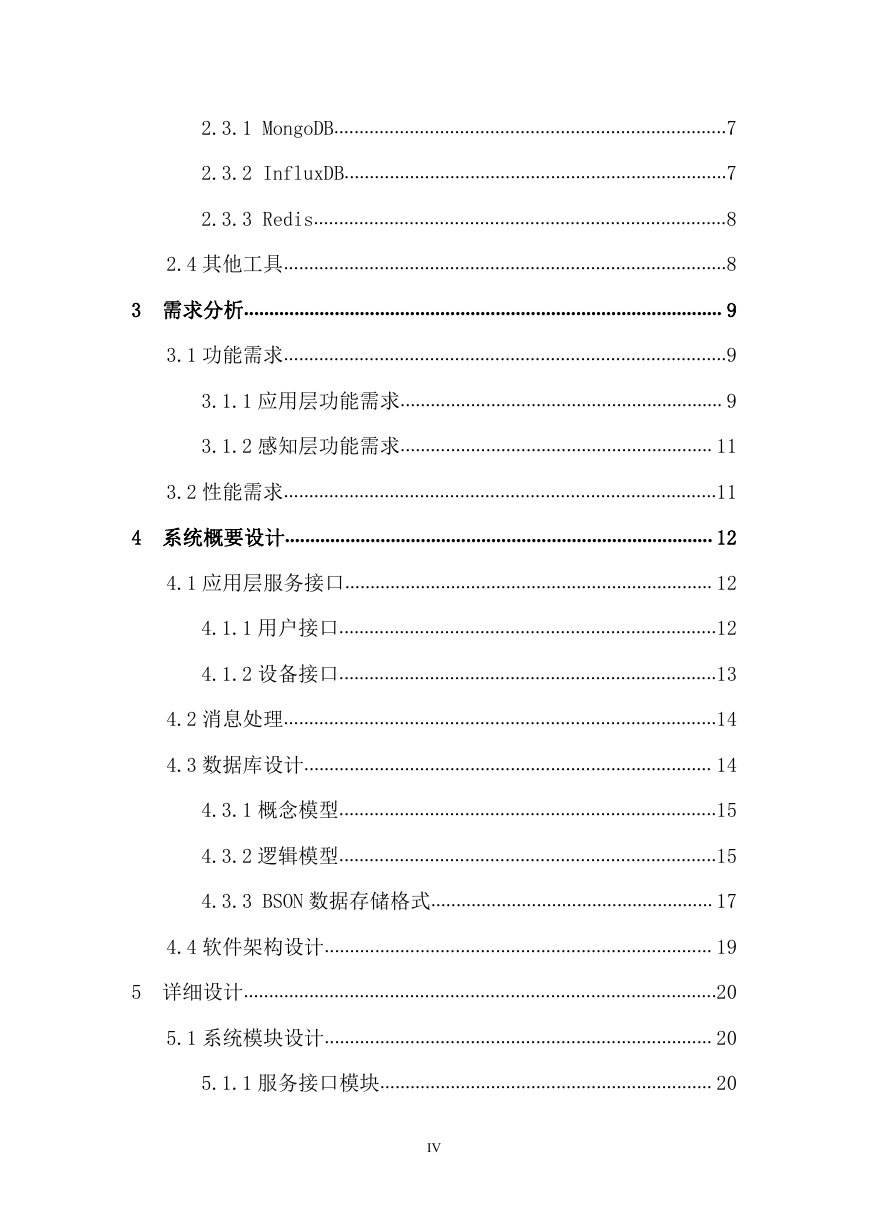
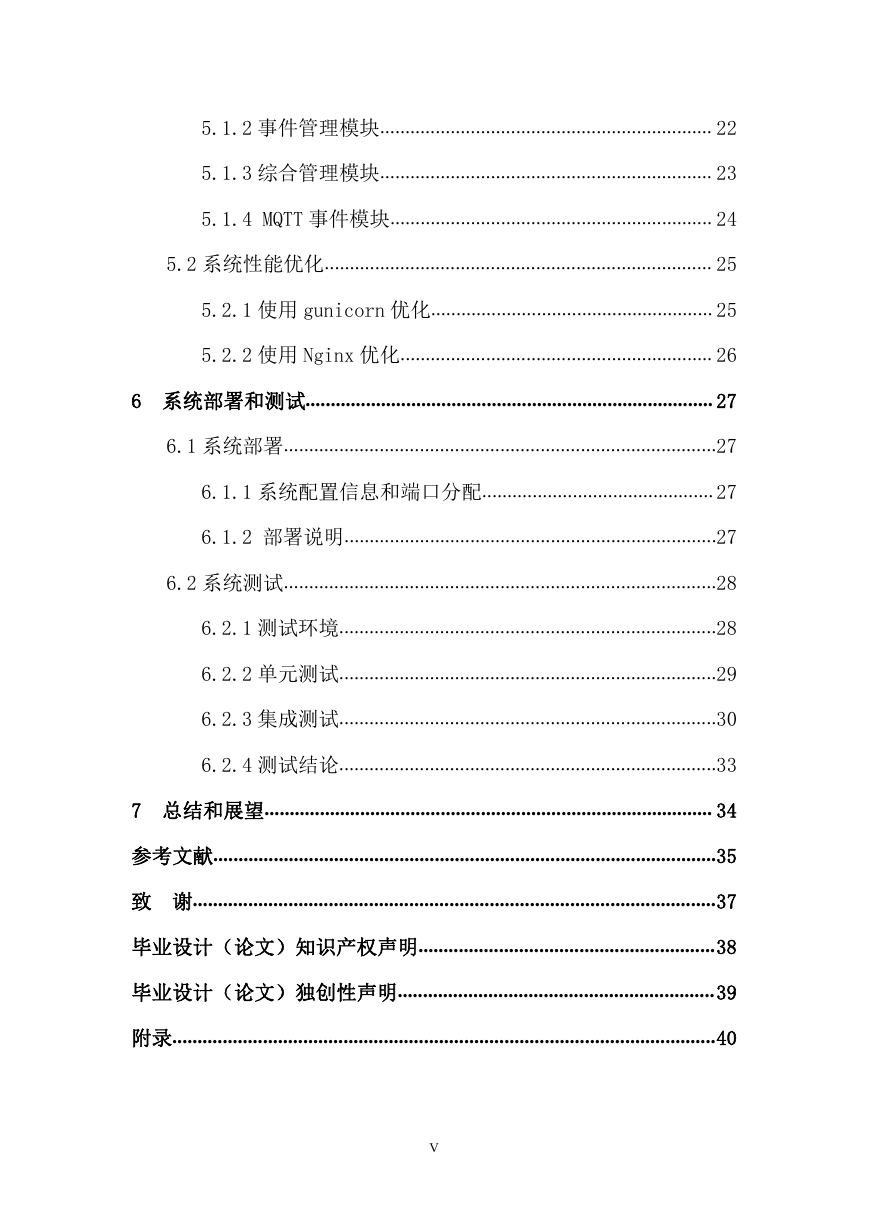








 2023年江西萍乡中考道德与法治真题及答案.doc
2023年江西萍乡中考道德与法治真题及答案.doc 2012年重庆南川中考生物真题及答案.doc
2012年重庆南川中考生物真题及答案.doc 2013年江西师范大学地理学综合及文艺理论基础考研真题.doc
2013年江西师范大学地理学综合及文艺理论基础考研真题.doc 2020年四川甘孜小升初语文真题及答案I卷.doc
2020年四川甘孜小升初语文真题及答案I卷.doc 2020年注册岩土工程师专业基础考试真题及答案.doc
2020年注册岩土工程师专业基础考试真题及答案.doc 2023-2024学年福建省厦门市九年级上学期数学月考试题及答案.doc
2023-2024学年福建省厦门市九年级上学期数学月考试题及答案.doc 2021-2022学年辽宁省沈阳市大东区九年级上学期语文期末试题及答案.doc
2021-2022学年辽宁省沈阳市大东区九年级上学期语文期末试题及答案.doc 2022-2023学年北京东城区初三第一学期物理期末试卷及答案.doc
2022-2023学年北京东城区初三第一学期物理期末试卷及答案.doc 2018上半年江西教师资格初中地理学科知识与教学能力真题及答案.doc
2018上半年江西教师资格初中地理学科知识与教学能力真题及答案.doc 2012年河北国家公务员申论考试真题及答案-省级.doc
2012年河北国家公务员申论考试真题及答案-省级.doc 2020-2021学年江苏省扬州市江都区邵樊片九年级上学期数学第一次质量检测试题及答案.doc
2020-2021学年江苏省扬州市江都区邵樊片九年级上学期数学第一次质量检测试题及答案.doc 2022下半年黑龙江教师资格证中学综合素质真题及答案.doc
2022下半年黑龙江教师资格证中学综合素质真题及答案.doc